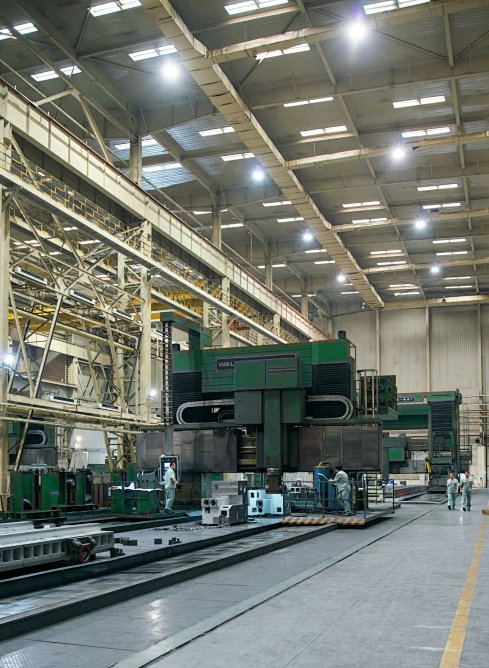How to determine the positional accuracy of machining
Jun 14,2020
For mechanical processing of parts such as boxes, brackets, and connecting rods, the flat surfaces should be processed first before the holes. This allows for positioning the holes based on the flat surfaces, ensuring the positional accuracy of both the flat surfaces and the holes, and facilitates the processing of holes on the flat surfaces. The main surface finishing processes (such as grinding, honing, precision grinding, rolling processing, etc.) should be carried out in the later stages of the process.

The surface brightness after processing should be above Ra0.8um. Even slight collisions can damage the surface. After finishing, a velvet cloth should be used for maintenance, and direct contact with the workpiece by hands or other objects is strictly prohibited to avoid damage to the finished surface due to transportation and installation between processes. The traditional method for manual deburring is using steel files, sandpaper, and grinding heads; however, trimming knives are gradually replacing these traditional methods, making it simpler and more convenient to use, requiring no technical handling, saving costs, and being environmentally friendly.
Chemical deburring uses the principle of electrochemical reactions to automatically and selectively complete the deburring of parts made from metal materials. It can be widely used in various industries such as pneumatic, hydraulic, engineering machinery, fuel injector pumps, automobiles, and engines for deburring parts like pump bodies, valve bodies, connecting rods, and plunger needle valve components made from different metal materials. It is suitable for removing difficult internal burrs, as well as parts that have undergone heat treatment and precision machining.
Electrolytic deburring is suitable for removing burrs from concealed areas, interspersed holes, or complex-shaped parts, with high production efficiency, typically taking only a few seconds to several tens of seconds for deburring. This method is commonly used for deburring gears, splines, connecting rods, valve bodies, and crankshaft oil passage openings, as well as rounding sharp corners. A drawback is that the area near the burrs on the parts is also affected by the electrolytic action, causing the surface to lose its original luster, which may even affect dimensional accuracy.
Related dynamics
Contact Us
E-mail:tjjiaxuyan@163.com
Telephone:022-68976188,13821612718
Mobile:18902087888,13802191288
Address:Fengjia Village, Duliu Town, Jinghai District, Tianjin










